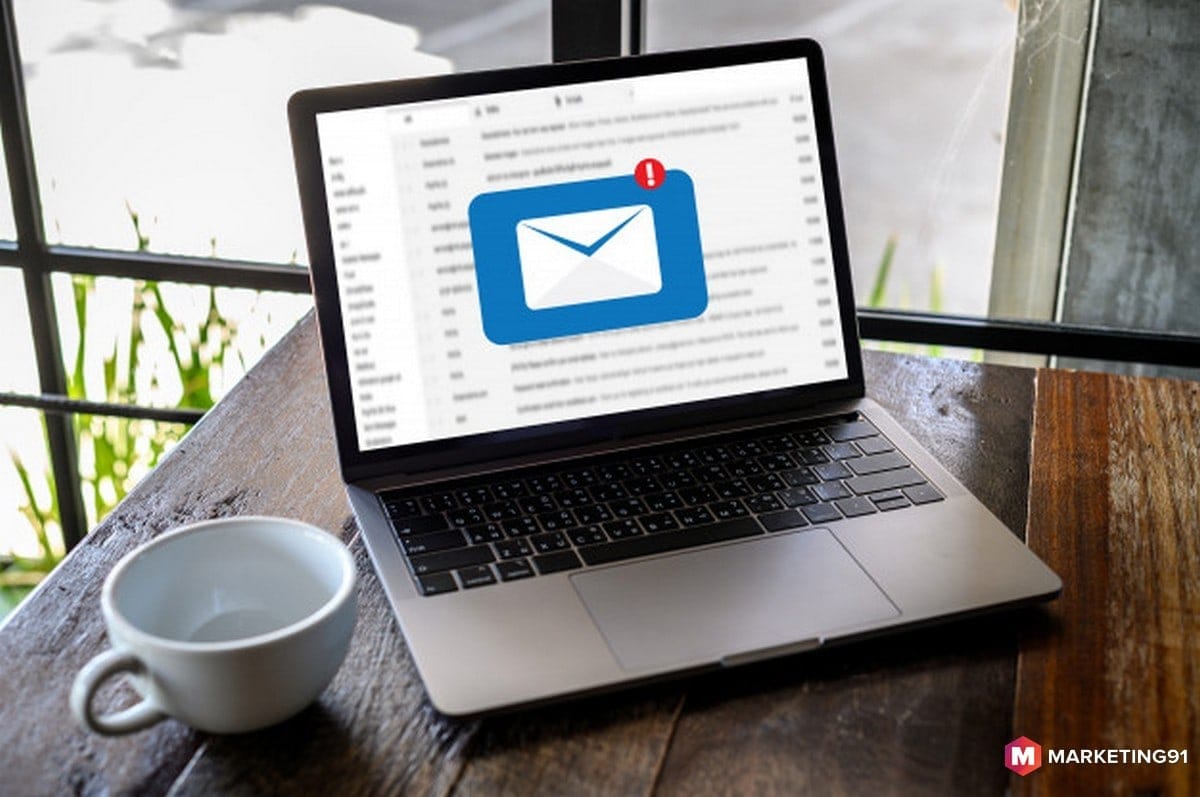
How to write a perfect professional email in English | English Live Blog
HOW TO WRITE A PERFECT PROFESSIONAL EMAIL IN ENGLISH IN 5 STEPS
WIL
For most of us, email is the most common form of business communication so it’s important to get it right. Although emails usually aren’t as formal as letters, they still need to be professional to present a good image of you and your company.
How to write a formal email
Follow these five simple steps to make sure your English emails are perfectly professional.
- Begin with a greeting
- Thank the recipient
- State your purpose
- Add your closing remarks
- End with a closing
Download our free ebook: “Everyday English Vocabulary” – 38 pages which points useful words and English phrases to help you have a better understanding of what’s going on around you.
Begin with a greeting
Always open your email with a greeting, such as “Dear Lillian”. If your relationship with the reader is formal, use their family name (eg. “Dear Mrs. Price”). If the relationship is more casual, you can simply say, “Hi Kelly”. If you don’t know the name of the person you are writing to, use: “To whom it may concern” or “Dear Sir/Madam”.
Thank the recipient
If you are replying to a client’s inquiry, you should begin with a line of thanks. For example, if someone has a question about your company, you can say, “Thank you for contacting ABC Company”. If someone has replied to one of your emails, be sure to say, “Thank you for your prompt reply” or “Thanks for getting back to me”. Thanking the reader puts him or her at ease, and it will make you appear more polite.
State your purpose
If you are starting the email communication, it may be impossible to include a line of thanks. Instead, begin by stating your purpose. For example, “I am writing to enquire about …” or “I am writing in reference to …”.
Make your purpose clear early on in the email, and then move into the main text of your email. Remember, people want to read emails quickly, so keep your sentences short and clear. You’ll also need to pay careful attention to grammar, spelling and punctuation so that you present a professional image of yourself and your company.
Add your closing remarks
Before you end your email, it’s polite to thank your reader one more time and add some polite closing remarks. You might start with “Thank you for your patience and cooperation” or “Thank you for your consideration” and then follow up with, “If you have any questions or concerns, don’t hesitate to let me know” and “I look forward to hearing from you”.
End with a closing
The last step is to include an appropriate closing with your name. “Best regards”, “Sincerely”, and “Thank you” are all professional. Avoid closings such as “Best wishes” or “Cheers” unless you are good friends with the reader. Finally, before you hit the send button, review and spell check your email one more time to make sure it’s truly perfect!
Aren’t you an EF English Live student yet? See the general and business English course in action by requesting a one month for only one dollar* trial. Find more information about essential professional English tips here.
EF English Live is backed by a world class team of academic and technical experts. Our mission is to use technology to create a fundamentally better way to learn English. See how we do it!
Wil
Wil is a writer, teacher, learning technologist and keen language learner. He’s taught English in classrooms and online for nearly 10 years, trained teachers in using classroom and web technology, and written e-learning materials for several major websites. He speaks four languages and is currently looking for another one to start learning.










